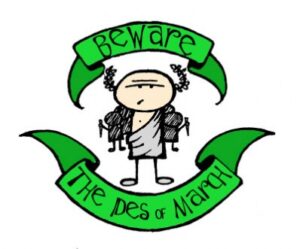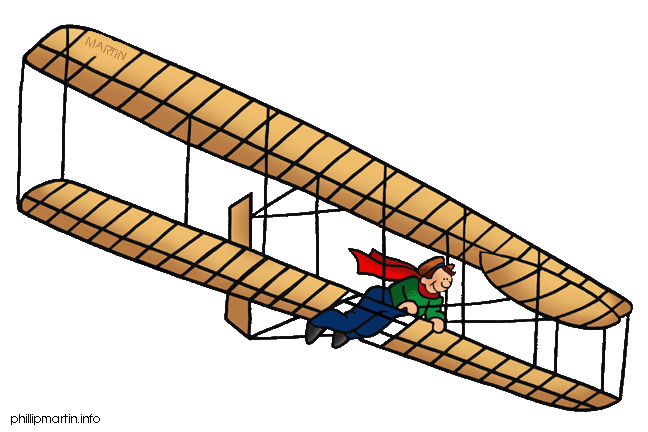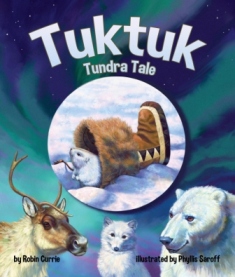Not as well known as “Call me Ishmael,” but equally important are these first lines from adult biographies:
- “On 2 November, 1810, His Majesty King George the Third, raving and sometimes violent, was fastened into a straightjacket.” J.B. Priestly, The Prince of Pleasure and His Regency.
- “In August 45 B.C., seven months before the Ides of March, a procession entered the city of Mediolanum, modern Milan, in the hot and steamy northern Italian plain.” Barry Strauss, The Death of Caesar: The Story of History’s Most Famous Assassination.

- “On the day he was born, he would say, his white-haired grandfather leaped onto his big black stallion and thundered across the Texas Hill Country, reining in at every farm to shout: ‘A United States Senator was born this morning.'” Robert A Caro, The Years of Lyndon Johnson: The Path to Power.
When we know a person we admire, we want others to meet him or her. So it is with writing a biography – we put time and energy and sometimes deep personal interest into the book to introduce the subject to the next generation of readers. Equal attention should be paid to the first lines of children’s biographies. After all, would we want our life stories to begin with: “She was born in Peoria, Illinois in 1948”? SNORE!
For whom?
In any biography, it is important to tell the life story factually but in a way that will be interesting to the potential reader. Since biographies are written for those who listen to board books to beginning readers to advanced readers in middle grades, our task begins with age-appropriate interest, language, and sentence length.
“Jane! Jane where are you?” Jeanette Winter, The Watcher: Jane Goodall’s Life with the Chimps.
Why not?
Inventors uncover the possibility and combine things in a way never done before. Start with what is not possible and let the biography show how that obstacle was overcome.
“People had always known it was not possible for humans to fly like birds.” Wendie Old. To Fly: The Story of the Wright Brothers.

When?
Most people we write about are important to a specific time in history. Begin the story at that moment in the person’s life when their impact on the world is felt. Include a timeline, sidebars, or backmatter to fill in the details of the person’s early life.
“The small boat sped quickly along in the dark.” Yona McDonough, Who Was John F. Kennedy?
What?
People important enough to have published biographies do many interesting things during their lives. Try beginning with the conflict moment that changes the person substantially. It may not be the most famous, but the results of that first moment will affect the later important event.
“It was Saturday and Eugenie wanted to stay at the aquarium forever.”
Jess Keating, Shark Lady: The true Story of How Eugenie Clark Became the Ocean’s Most Fearless Scientist.
How?
A compelling quote is fantastic, either from the person or about him/her. However, not everyone has a quote-littered life! In that case, try a detailed description of the scene to bring the reader into the story.
“I want to be a great inventor!”
Anne Renaud. The Boy who Invented the Popsicle.

Who?
Etymology: from Ancient Greek βίος (bíos, “life”) + γράφω (gráphō, “write”). We assume the story will always be about a person’s life, but real events can be observed by inanimate objects like a house or non-human life forms like a pet.
“My boy Peter gathers me inside his coat.”
David Lee Miller, The Cat who lived with Anne Frank.
In 2023 try introducing someone you admire to children in a biography.

Multi-award-winning author Robin Currie learned story sharing by sitting on the floor, during library story times. She has sold 1.7M copies of her 40 storybooks and writes stories to read and read again! Robin is the author of Tuktuk: Tundra Tale, a story of animals in the frozen north.




1 Comment
Great article..Perfect for today. Thank you Robin..